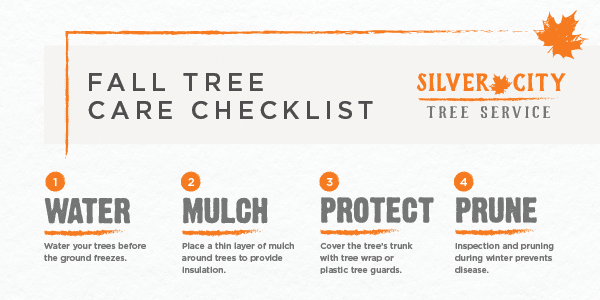Assessing Tree Wellness: Guidelines For Selecting Tree Elimination
Assessing Tree Wellness: Guidelines For Selecting Tree Elimination
Blog Article
Article By-Blom Colon
If you've ever wondered about the destiny of the trees on your home, understanding when it's time for elimination is vital. But exactly how do you establish if a tree can be saved or if removal is the only alternative? By seeking specific indicators and evaluating safety and security threats, you can make informed choices that benefit both your landscape and your surroundings. Allow's check out the key aspects that enter into play when deciding the fate of a tree and how you can make certain the best end result for your environment-friendly buddies.
Indications of Tree Decline
If you notice any of the following indications of tree decrease in your yard, it may be time to take into consideration tree removal.
One typical indication is dead or rotting branches, which can suggest underlying problems impacting the tree's wellness. Look out for blemished or shrivelled fallen leaves that linger even with correct care, as this could be a sign of illness or pests.
Another warning signal is too much leaning or an obvious change in the tree's base, which might suggest origin concerns or structural instability. Watch out for fungal development on the trunk or roots, as this can suggest rot and jeopardize the tree's security.
Additionally, if you observe huge splits in the trunk or significant limbs, it's vital to resolve these problems promptly to stop potential hazards. Resolving these indications of tree decline without delay can assist maintain the safety and security and appearances of your yard atmosphere.
Security Problems
To make certain the health of your residential property and those around you, focusing on safety and security problems associated with trees is paramount. Trees can present numerous safety dangers otherwise correctly kept. Dead or worn out branches might drop all of a sudden, threatening people or damaging structures.
Leaning trees can additionally be harmful, specifically if they're leaning in the direction of a building or power lines. Furthermore, trees with extensive root systems near structures or underground utilities can trigger significant damage over time.
It's vital to routinely inspect your trees for any kind of indicators of potential danger. Keep an eye out for cracks in the trunk, large tooth cavities, or signs of condition and decay. If you notice any of these issues, it's best to consult with a specialist arborist to examine the scenario and identify the necessary course of action.
Taking proactive steps to deal with safety problems immediately can prevent accidents and residential or commercial property damage in the future. Remember, https://www.sfchronicle.com/business/article/PG-E-seeks-relief-from-judge-s-order-on-power-15270738.php of your building and those around you ought to always be the top concern when it comes to tree upkeep.
Consulting an Arborist
When taking into consideration the health and safety of your trees, consulting an arborist is a critical action. straight from the source are educated experts who focus on the treatment and maintenance of trees. They can examine the overall health of your trees, identify any issues such as diseases or architectural troubles, and provide experienced suggestions on the very best course of action.
By speaking with an arborist, you can receive useful insights right into the condition of your trees and figure out whether removal is required. Arborists have the expertise and experience to assess the dangers connected with maintaining a tree versus removing it. They can also use assistance on different services, such as trimming, cabling, or supporting, to help preserve the tree whenever feasible.
In addition, arborists can assist you navigate any kind of neighborhood guidelines or permits that might be required for tree removal. Their knowledge can make certain that the process is executed securely and in compliance with any relevant legislations.
Verdict
Finally, when establishing whether trees can be saved or if removal is necessary, it is essential to think about signs of decrease and safety worries. Consulting an arborist for a complete assessment is essential in making the best decision for the tree's wellness and potential dangers. Bear in mind, aggressive treatment and timely activity can aid preserve trees and protect against mishaps.
